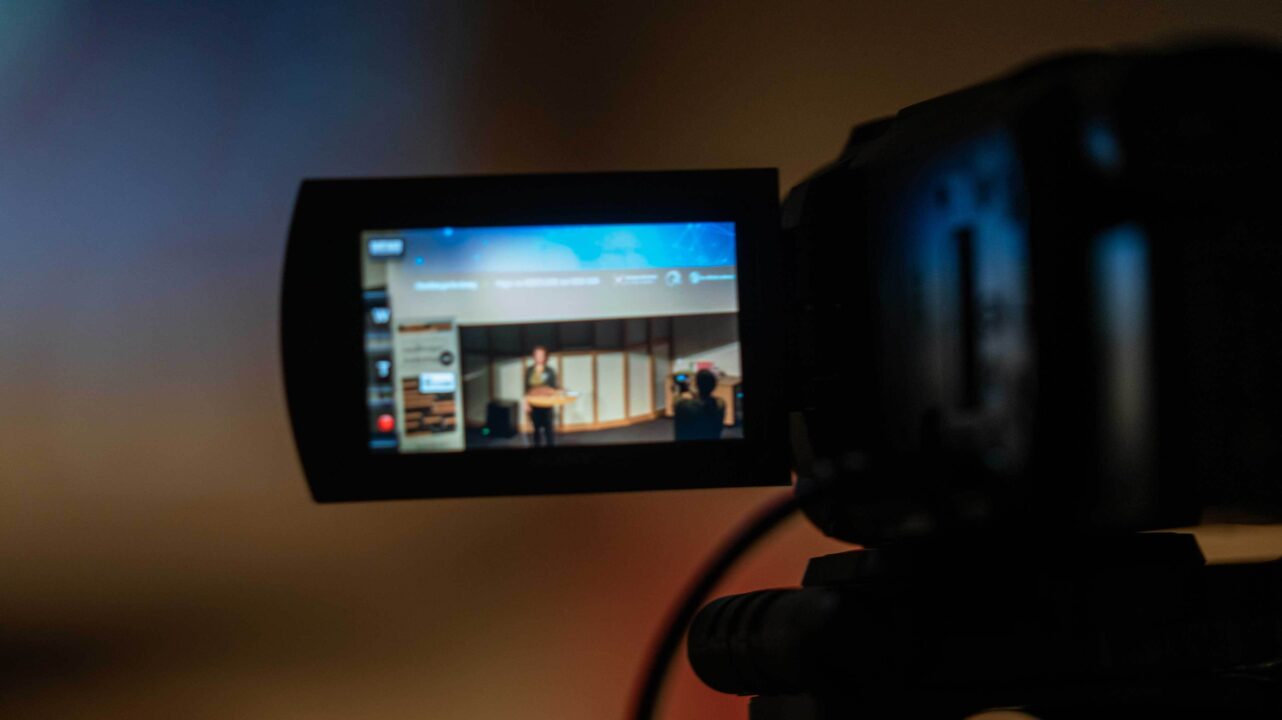Press release 150529
Swedish children and teenagers are pretty diligent at eating fruit and vegetables, according to the results of a mass experiment organised as part of Researchers’ Night. In the Vegetable Experiment, scientists at the Swedish National Food Agency enlisted the help of over 5500 pupils, who acted as research assistants for a day. Carrots and apples top the list of most eaten vegetables and fruit.
School classes across the whole of Sweden participated, from Trelleborg in the south to Kiruna in the north. Pupils reported how much fruit and veg they ate during a day, both in school and at home.
“To help us provide advice that is based on reality, it is important that we have knowledge of Swedish children’s and teenagers’ eating habits. The pupils’ reports gave us extensive and valuable information that would have been difficult to obtain in any other way,” said Ulla-Kaisa Koivisto Hursti, a researcher at the Swedish National Food Agency.
The vegetable that the most pupils ate during the experiment was carrot, followed by cucumber, tomato and sweetcorn. The most common fruit was apple followed by banana and ‘small citrus fruit’.
The amount of fruit and vegetables that the older pupils ate varied widely, from 0 grams to over 1 kg (students in grades 3 or lower only reported the type of fruit and vegetables they ate). The average was 427 grams, only slightly less than the 500 grams recommended by the National Food Agency. A number of particularly high values, however, indicate that some pupils reported too much, because they found it difficult to work out the weight. A better figure may, therefore, be the median, 365 grams, which is still a good intake of fruit and vegetables. The median reduces the importance of values that are extremely high or low.
“Even though fruit and vegetable consumption appears to be generally good, there are still children who do not eat fruit or vegetables at all. This is something we, of course, want to do something about,” said Ulla-Kaisa Koivist Hursti.
Seventy-three percent of pupils reported that they ate about the same amount of fruit and vegetables during the experiment as they usually do. 18 percent of students said they ate less during the experiment, while 9 percent said they ate more than usual.
The mass experiment is part of European Researchers’ Night, a science festival that takes place across Europe on the last Friday in September of each year.
“We want to get young people interested in science by involving them in real research. The experiments can also create commitment to important social issues and show that we can all contribute to the development of new knowledge,” said Cissi Billgren Askwall, Secretary General of Vetenskap & Allmänhet (Public & Science).
The Vegetable Experiment is run jointly by the Swedish National Food Agency and VA (Public & Science), which coordinates Researchers’ Night in Sweden.
An English summary of the results of the Vegetable Experiment is available here.
For further information and press photos, visit www.forskarfredag.se or contact:
Fredrik Brounéus, Vetenskap & Allmänhet, project manager of the Vegetable Experiment, [email protected],+46 (0)72-556 34 48
Ulla-Kaisa Koivisto Hursti, researchers at the National Food Agency [email protected], +46 (0)73-354 53 73

